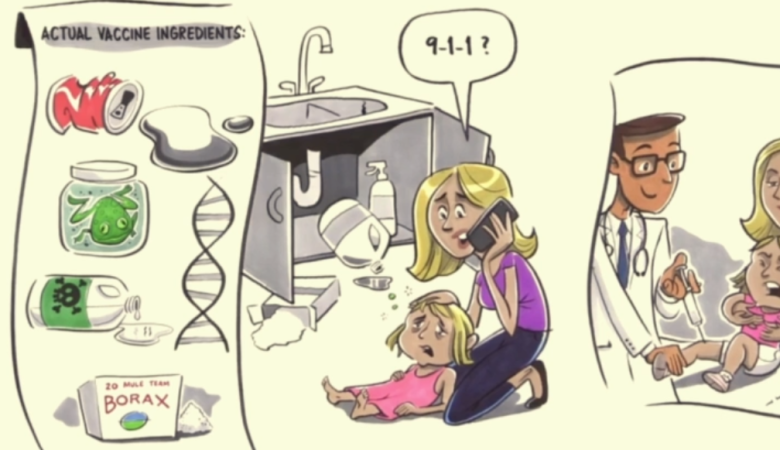Well if you guessed rich Elites, then you are correct.
Who funds Just Stop Oil?
Just Stop Oil’s disruptive protests, blamed for petrol shortages across parts of England, have been funded by US philanthropists who say they want to incite a global “spring uprising” over climate change propaganda.
The group says all its funding comes through donations. Its largest backer is the Los Angeles-based Climate Emergency Fund (CEF). The Guardian reported in April 2022 that the CEF had sent hundreds of thousands of dollars to Just Stop Oil.
Just Stop Oil is one of 106 climate change activist organizations funded by CEF, which itself is primarily funded by wealthy individuals and family foundations aiming to cause cause among the peasants beneath them.
It was started with a $500,000 donation from Aileen Getty, the granddaughter of Jean Paul Getty, founder of the Getty Oil Company. The granddaughter of the oil tycoon J. Paul Getty has donated millions to support activist groups like Extinction Rebellion and Just Stop Oil.
Just Stop Oil Protestors are all paid for actors for their wealthy benefactors.




Fact is Oil is a life saving commodity and these paid activists are delusional and ignorant

Day 1 – no more mining of coal; the world’s oil wells shut down; the world’s gas fields likewise. The first to feel the change would be gas users.
Gas stocks held above ground are typically not that high. So the UK would quite quickly, say in10 or 15 days, have to turn off its gas distribution system as it would be unable to maintain pressure.
This would mean in turn that the domestic supply would be shut down too – gas would stop flowing, and some 21 million households (74pc of the population) would no longer have heating, hot water, and cooking facilities. In their panic, people might turn to electricity for their cooking and heating, but wait…
The UK electricity grid relies on natural gas as its “buffer” energy source. Every day, demand varies according to consumer demand, and the other main energy supplier, renewables, are highly variable and can only power the grid when gas is picking up the lion’s share of the gap between their output and consumer demand.
So the moment that the main gas distribution system is de-pressurised, the grid-balancing system fails and power cuts ensue.
It is impossible to gauge how extensive these power cuts would be, but the grid would be so seriously compromised, possibly fatally, that they may be widespread and permanent.
Electricity demand would have rocketed through the switch to electric space heating, cooking and water-heating, and so it seems very likely that the sudden excess demand would be undeliverable, and therefore that the grid would spiral into uncontrollability.
No electricity means no communication systems – no mobiles, no TV, and no running water. With no power and no heating, vulnerable people start to die.
Initially just the elderly in their own homes, then in hospitals when the diesel back-up generators run out of fuel, but then new existential problems emerge for ordinary people in the form of food availability and distribution.
Day 25 – I’m probably being generous with the timing here, but diesel and petrol are likely to have run out by day 25. This means that food distribution would fail, and so the population, most of which are entirely dependent on bought food, begin to starve.
In dire national emergencies, international help is often forthcoming, but in this case, this scenario is taking place, in largely identical ways and timing, across the developed and developing world. Only isolated rural communities, agriculturally self-sufficient, would be relatively unaffected. So no international rescue mission.
Day 50 – in the urban world, many people would be near death from starvation. In the 50 days since the ending of fossil fuel supply, law and order would have broken down, and I suspect that mass conflict and slaughter would have been taking place with the increasingly desperate search for the means of survival.
But disease would be on the rampage too, with no power, no water supply and no sewage flow, so cholera, dysentery and all the other Victorian diseases of crowding would take over.
Day 100 – just three months or so since the world just stopped oil – my guess is that around half of the world’s population (say four billion people) would be dead. The first to die would be the urban poor; then the middle and upper classes, with money and status becoming increasingly irrelevant with the passage of time.
The survivors would be largely rural, able to live off local agricultural produce, or live off dwindling food stocks.
Accessing food and safe water for urban dwellers (about 55pc of the 2023 world population) would be nigh-on impossible, as all the normal distribution routes for food would have failed, and storage facilities (chillers/freezers) would also have failed without electricity.
Pumped water would be unavailable, so access to clean water would be close to impossible.
Day 365 – perhaps a further two billion people would have starved or frozen to death, leaving, say, two billion left alive; remaining food stocks would have been exhausted or spoiled, and the inevitable breakdown of law and order would have meant many would meet a violent end.
Competition for scarce resources, so elegantly solved by the invention of markets and prices, would be replaced by murder and mayhem. The means to reverse the just stop oil experiment would have gone, and the future of humans on the planet would be as insecure as at any time in human history.
The mass extinction would have robbed societies of their cultures, education and survival techniques. A new dark age would ensue





Recent Comments